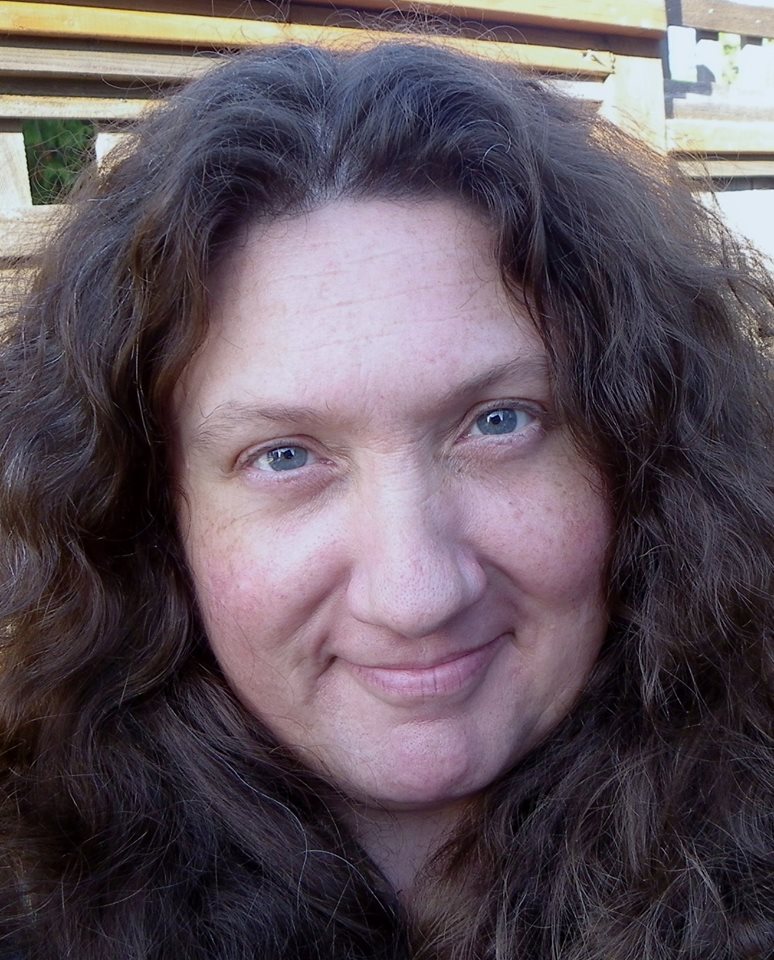EDITOR’S NOTE: Oregon Shores Conservation Coalition shared this link from The Oregonian, an article written by Pioneer founder LeeAnn Neal – and we thought everyone would appreciate this history lesson from LeeAnn.
By LeeAnn Neal (Feb. 4, 2008 – The Oregonian)
February is Black History Month, not that there’s much evidence of it here on the Oregon coast.
It isn’t that we don’t know it’s Black History Month. … After all, we do read the papers, surf the web, watch and listen to Oregon Public Broadcasting and occasionally even travel. …
It’s just that we have so few African American neighbors on this strip of land between the Pacific Ocean and Coast Range.
In fact, we’re so white around here that when the sun deigns to shine, we practically glare.
It has been this way since I can remember. My mother told me about the time, when I was a toddler, she took me with her to a Portland hospital where she had an appointment with a specialist. Apparently we were in the waiting room when an African American man entered and sat down nearby. Mom said my eyes grew extraordinarily large and I gaped unabashedly. “We were from Tillamook, honey. You’d never seen a black person before. Well, you’d seen Morgan Freeman on The Electric Company, but then you’d seen Spider-Man on The Electric Company too.”
Uncharacteristically I was speechless. This suited my mother just fine, as she was terrified that I’d say something awkward at best.
Black history on the Oregon coast begins with bloodshed. The first known person of African descent to set foot on Oregon coast soil was Marcos Lopez, of West Africa’s Cape Verde Islands, who accompanied Capt. Robert Gray as a “servant” on his journey by sloop in 1788. According to the ship’s log, Gray ordered the Lady Washington into what we refer to these days as Tillamook Bay. The Tillamooks greeted the crew warmly, offering food and even dancing for them. Later, however, Lopez discovered his cutlass was missing. According to the ship’s log, he confronted the local Native Americans and a scuffle ensued. Lopez was stabbed and abandoned by Gray and company who killed at least one of the Tillamooks before fleeing to their ship and setting sail. Gray named the bay Murderers’ Harbor to commemorate the grim occasion.
In 1805, York, William Clark’s slave, reached the Oregon coast along with the rest of Lewis and Clark’s Corps of Discovery. It was there that he helped build Fort Clatsop, the party’s winter encampment.
A few years ago, I had the pleasure of interviewing Ron Craig, a Portland filmmaker who had begun working on “Who is York? A New Look at the Lewis and Clark Expedition.” His goal was to raise awareness of York’s role in the Corps of Discovery.
Then there’s the below incident, as published in “Tillamook Indians,” by John Sauter and Bruce Johnson:
“Mrs. Ed Gervais (1813-1916), a daughter of Clatsop Chief Coboway and one of the last full-blooded Tillamook Indians, gave the following account of the Beeswax Ship to Samuel J. Cotton, who later included it in his book, ‘Stories of Nehalem’ (1915):
‘My people were hunting on the slopes of Neahkahnie when they noticed three strange craft far out in the water. As they neared the shore, the watchers could see that the ships were throwing smoke at each other. The battle continued for some time and, at last, two of the ships sank. The other was badly damaged and forced to make the beach for repairs. The natives figured a crew of thirty men was aboard the boat. As soon as the repairs were made the ship was pulled from the beach and an attempt made to run it through the breakers. It was a fatal attempt, for it was wrecked before the outer breaker had been reached, and the beach was strewn with its equipment.
‘One of the crew was a Negro, the color of whose skin was as much a mystery to the Indians as the white flesh of the other members of the crew. The crew dug a deep hole in which the treasure chest or box was lowered. Then they killed the Negro and placed his body upon the chest. The chest and body of the Negro were covered with earth and the crew separated.'”
Skip ahead to the early 1900s and the most heinous example of anti-African American hatred in Oregon’s history. It was in 1906, in Coos Bay, that Alonzo Tucker, a black man, was arrested and charged with raping a white woman. At some point Tucker either escaped or was released – accounts are muddled on this point – before a mob of several hundred armed men captured him, shot him twice, slipped a noose around his neck and hanged him from the Fourth Street Bridge in clear view of the local high school. A coroner’s report indicated he died of asphyxiation. Astonishingly, no one was indicted for his murder, in what was the only recorded lynching in the state.
Race relations on the Coast did not improve in the short-term. By the 1920s the Ku Klux Klan presence in Oregon had grown to considerable proportions, and not just in Portland and Medford. … Tillamook had its own chapter, which was active from 1922 until 1938. T-Town Klansmen debuted in the city by donating operating funds for what would become the Tillamook County Library. An online history of the library indicates that on Oct. 19, 1922, “Six white-robed members of the Ku Klux Klan … walked down the street and donated $100 to the librarian. A small article appearing in the Oct. 20, 1922 Headlight-Herald acknowledged the donation. ‘Much surprise and interest was felt by the few people who were about the streets when the Klansmen appeared, for this was the first appearance of the white-robed figures upon the streets.'”
The Tillamook Klan eventually faded away. While that’s some comfort, we as a region have some serious work to do in terms of reconciliation.
Thank goodness for people like Helen Hill, of Oceanside, who, as a playwright and Bay City Arts Center Board member, shines a light on the past to keep us from forgetting, and whose plays, written histories and other work continually reminds us to take care in charting the course of the future.
… I suspect these guys (Clatsop-Nehalem Tribes -www.clatsop-nehalem.com) could also help the rest of us tremendously in our journey.


